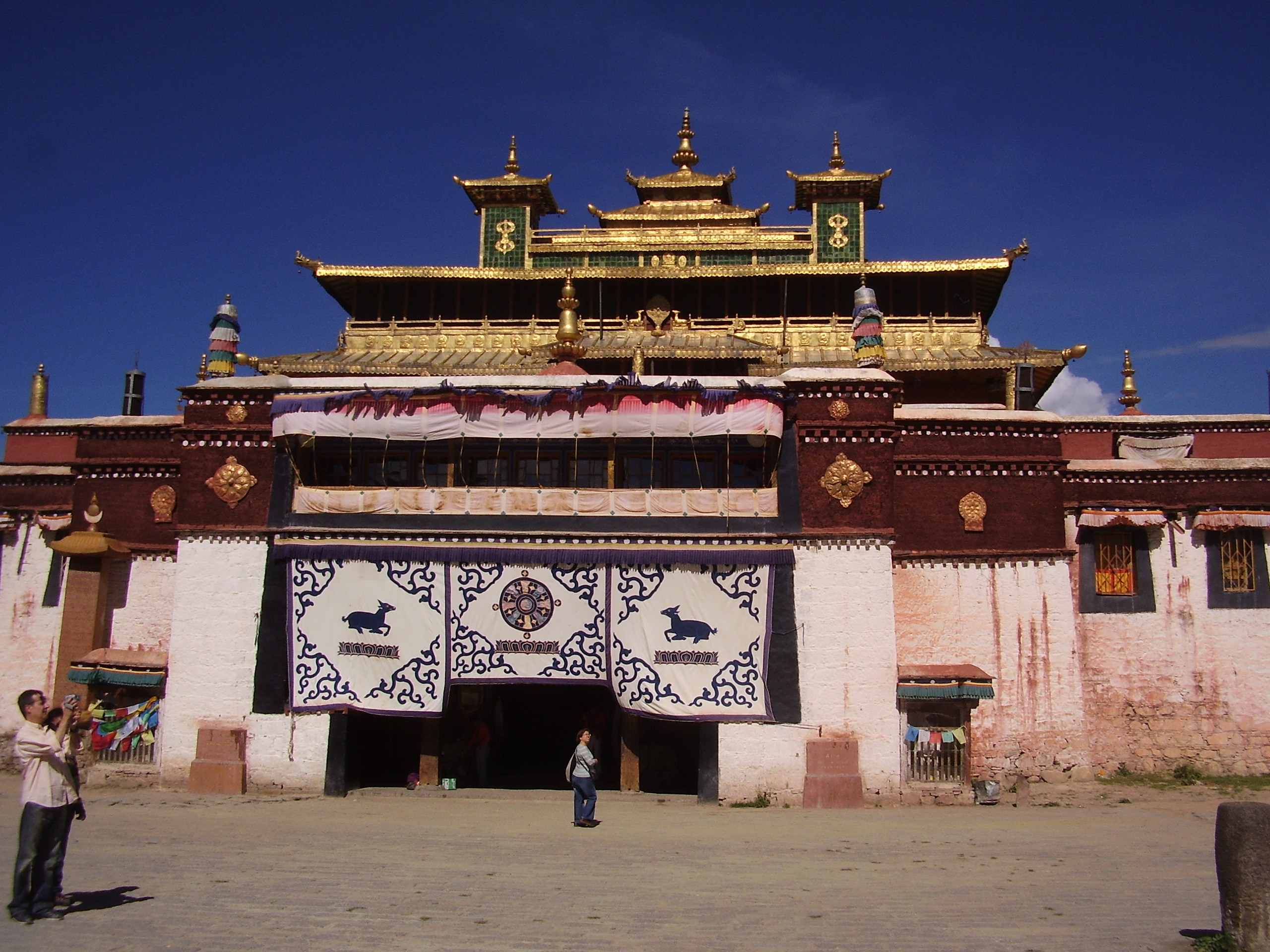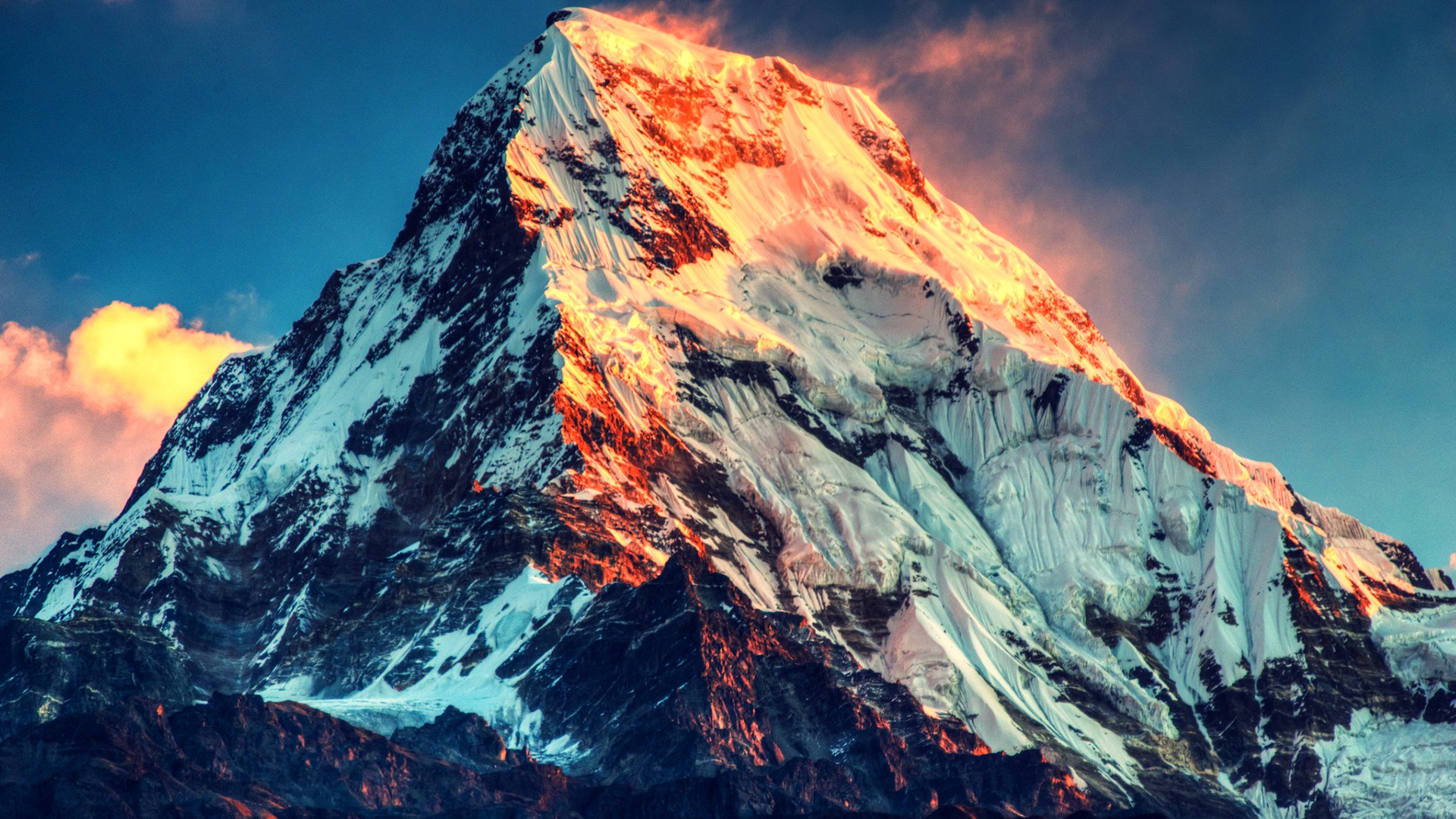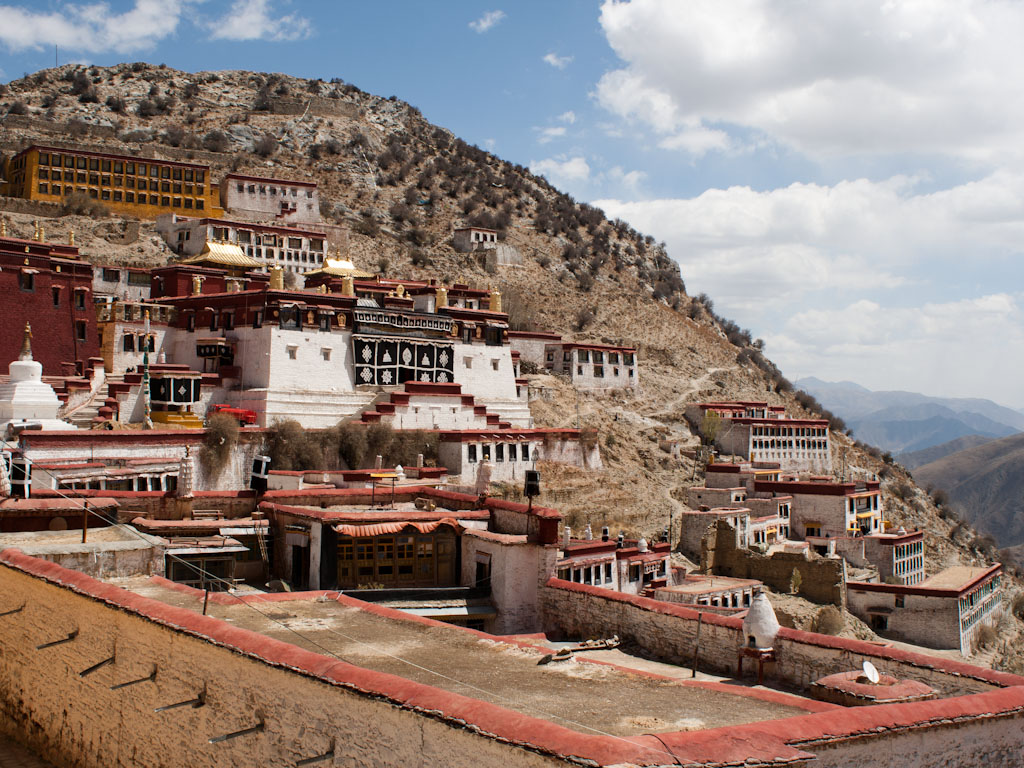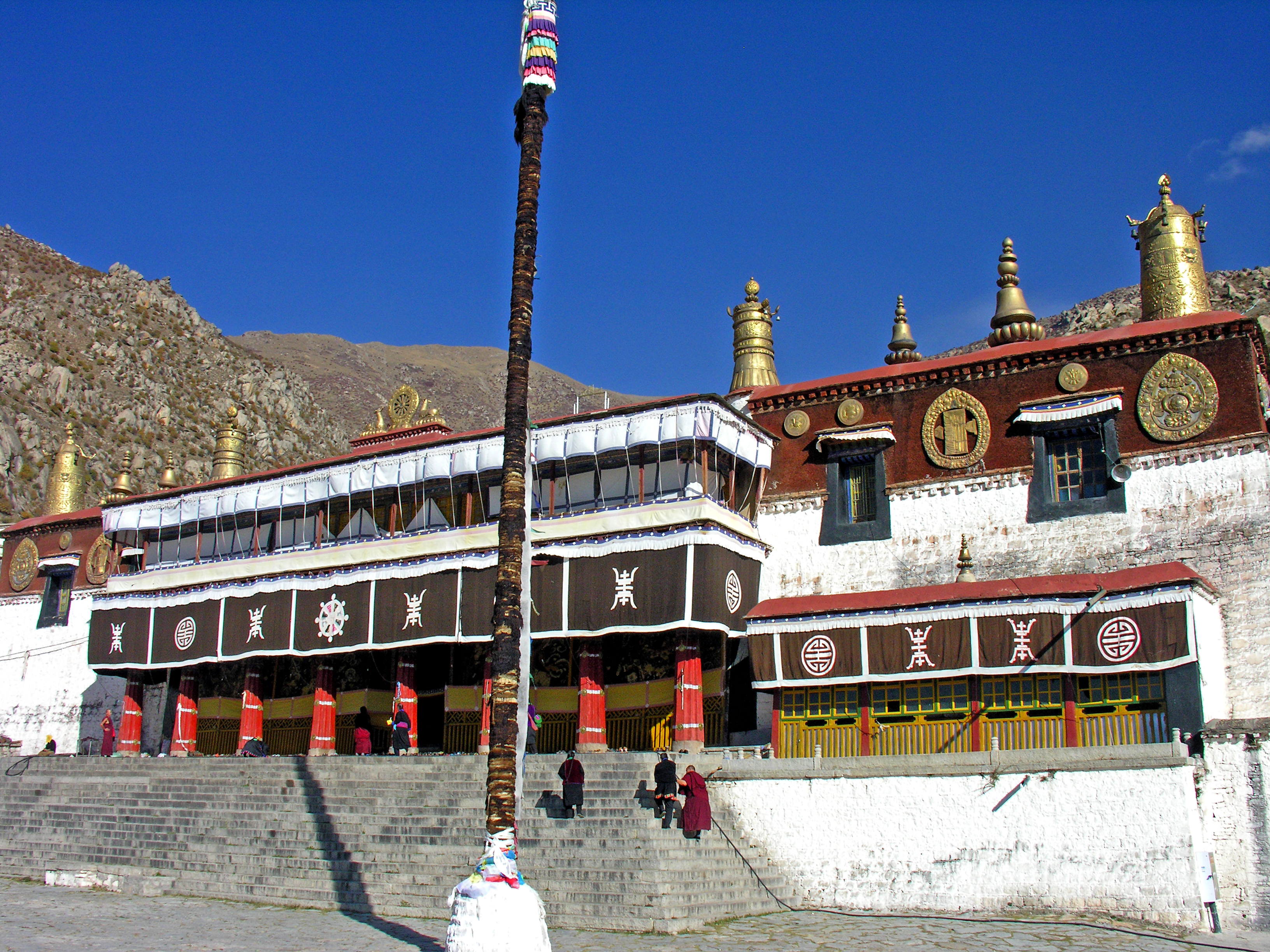Samye Monastery is thought to have been founded in the 8th century by King Trisong Detsen and be Tibet’s first monastery and its first university. It has been deconstructed and reconstructed a number of times, because the temple was destroyed during civil war, by fire in the 11th and 17th centuries, by earthquake in the 18th century. Today, only a fraction of its original 108 buildings survive or have been reconstructed. Adaptations for visitors within the walls include the monastery guesthouse with restaurant and monastery shop. Most Samye villagers live outside the walls.
Samye Monastery’s layout is based on Buddhist cosmology: it is a mandalic 3D replica of the Tibetan Buddhist universe. The temple complex has been constructed according to the principles of geomancy, a concept derived from India. The complex is bounded by an oval wall pierced by 4 gates and topped by 1,008 small chortens that represent Chakravala, a ring of mountains that surrounds the universe. The wall itself has been hastily restored, using a large amount of concrete. At the center of the Tibetan Buddhist universe lies a mythical palace on top of Mt. Meru, which at Samye is symbolized by the main temple (Utse). Surrounding this is a great “ocean”, with 4 great island-continents, and 8 subcontinents.
There are currently about a hundred monks attached to the main temple. The monastery was built long before the rise of the different sects in Tibet. In the late 8th century, Trisong Detsen presided over a debate at Samye between Indian Buddhists and Chinese Zen Buddhists concerning which type of Buddhism should prevail in Tibet. The Indians won. Since that time, the monastery has come under the influence of various sects, such as the Nyingma, Sakya, and Gelug traditions.





